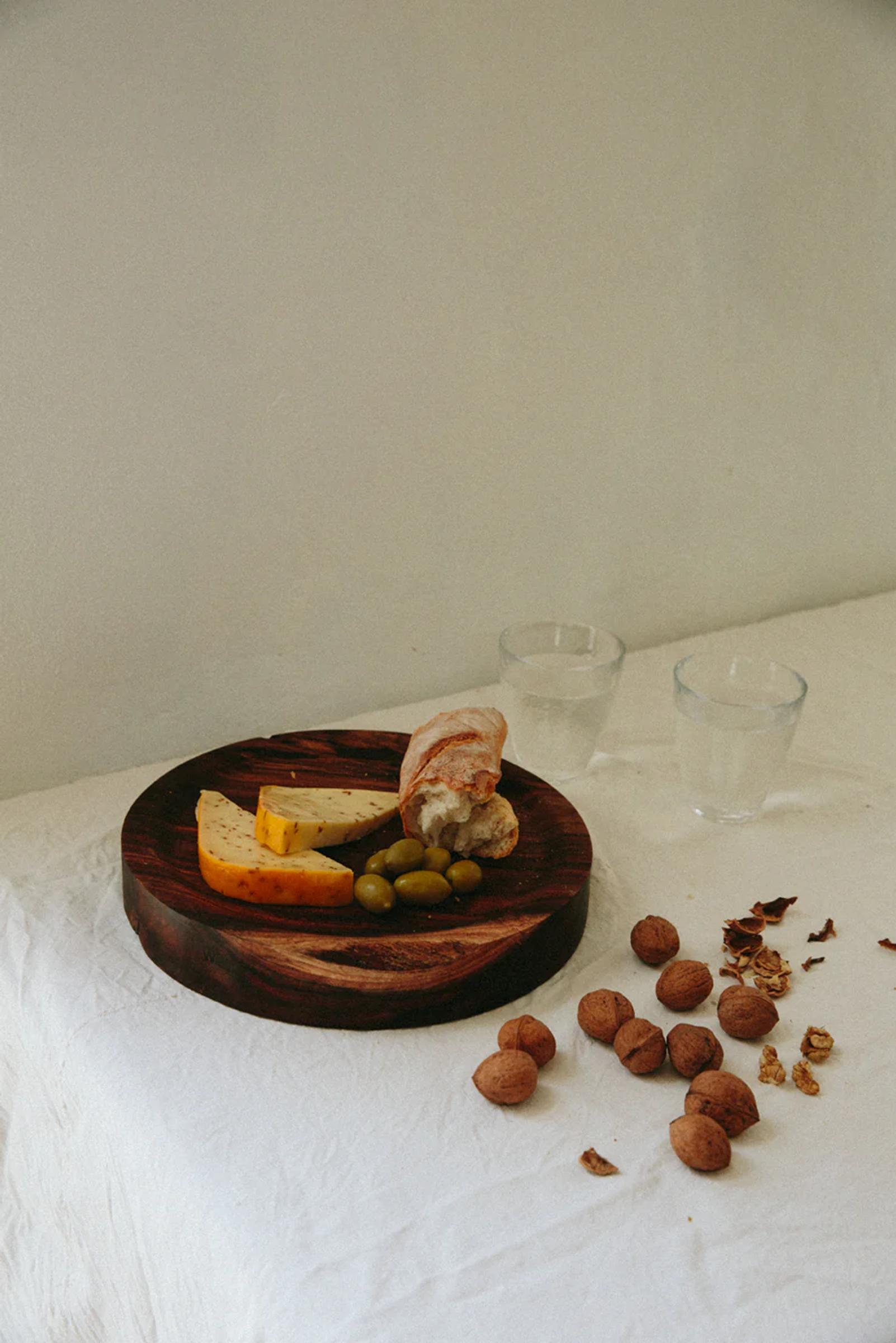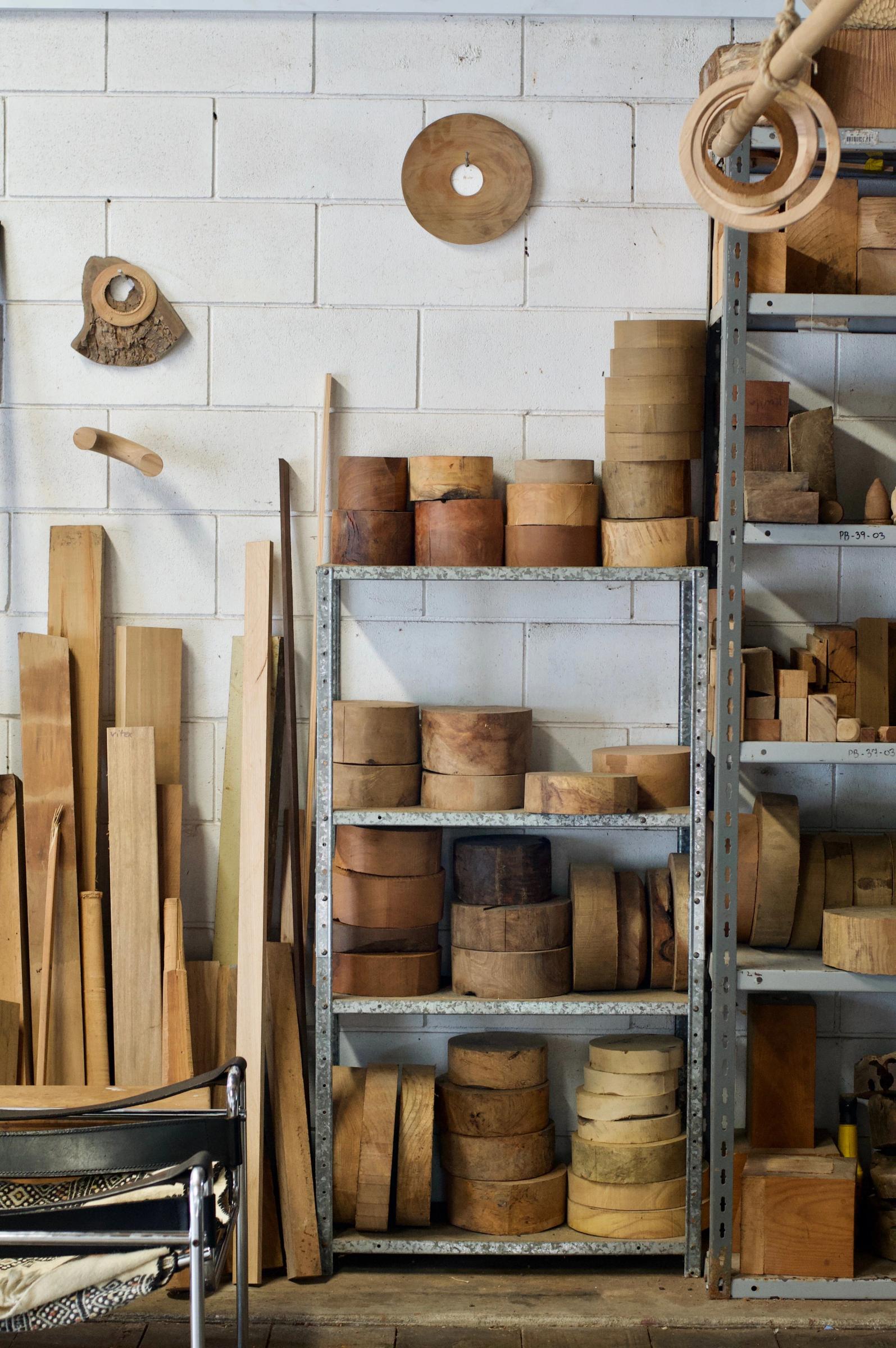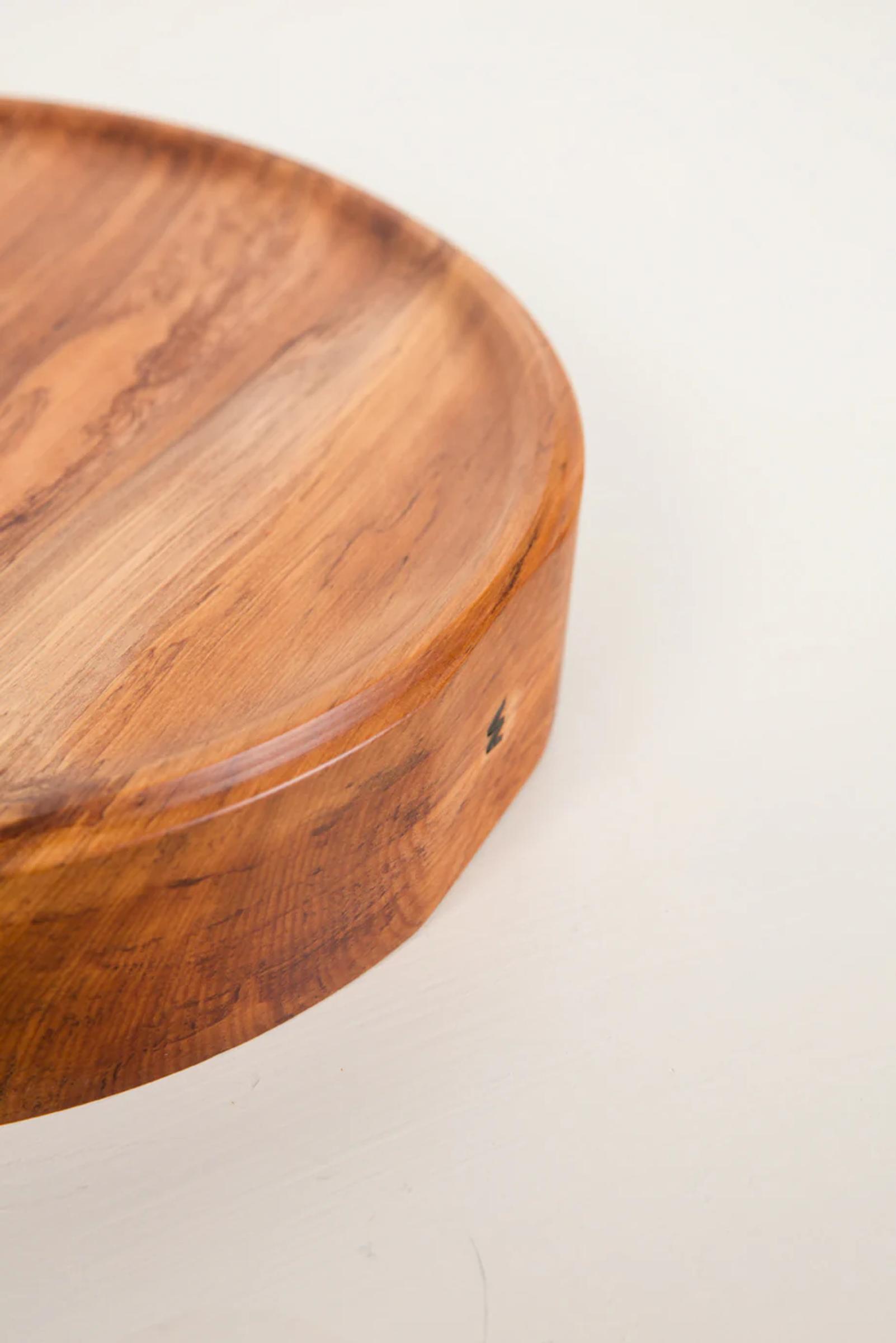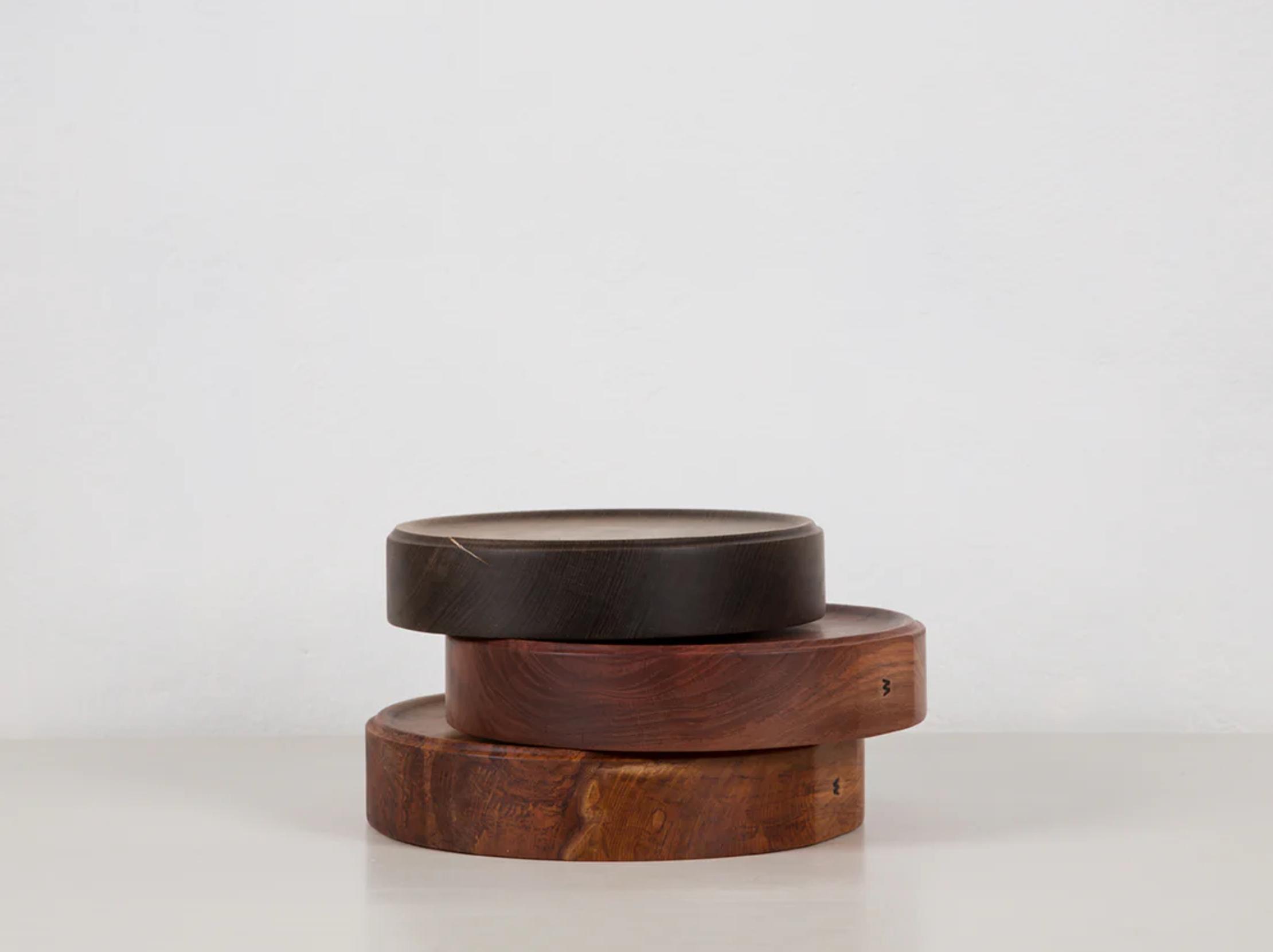Walk in the Park — Woodcare Guide
A how-to-guide for caring for your wooden chopping boards.

Walk in the Park create handcrafted objects made with local New Zealand wood. Designer and maker, Sam, explores his craft with the utmost precision and care. Every piece is made by hand using tradition turning techniques which expose different patterns and grains within the woods surface. Each piece is, therefore, unique to you. It is from this place of care, we present two simple ways to look after your Walk in the Park chopping boards. In these videos you will learn how to wash and oil your boards so they can be preserved and looked after within the home. The boards have been thoughtfully created to have different purposes for their two sides: one for chopping and the other lipped side for serving. The boards have been designed to stand on their own for storage and drying.
Walk in the Park also make a beautiful selection of vases and incense holders, candlesticks, cake stands and raised bowls which are available at Tessuti.
Shop our collection of Walk in the Park, here.
Or read more about Sam and Jiho, here.


Cleaning wood is easy and simple. To do so: hand wash with warm soapy water, wipe down the surfaces and place in a well ventilated area. Avoid using a dishwasher or leaving it to soak in water for long as this will significantly weaken the wooden object. After a few washes, the fiber on the surface may rise a little, however; after more use this will eventually smooth and soften. If you find, after prolonged use, that the wood feels dry re-apply oil. By lightly sanding the board with a fine grit sandpaper (320-600) before oiling, you will have a very effective result.
Pure linseed oil, walnut oil, tung oil and beeswax can be used for rejuvenating your product. Cooking oils like canola, olive and coconut oil are not recommended. Using a clean, soft cloth or paper towel, apply the oil in an even layer over the wood. Leave the oil to soak in, overnight if possible, or for at least a few hours. Remove the excess: using a dry, clean cloth or paper towel, buff off any remaining oil so that the board does not feel damp or sticky. Keep wooden objects out of strong direct sunlight.
